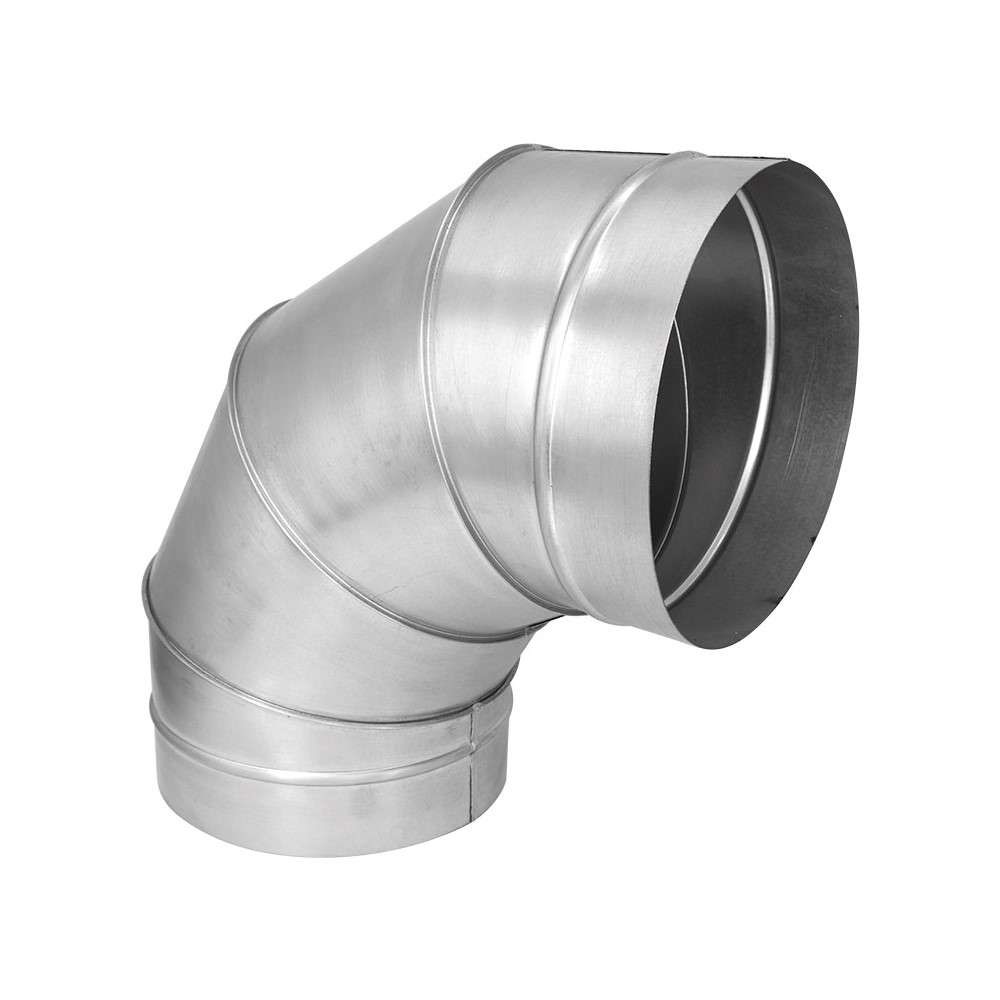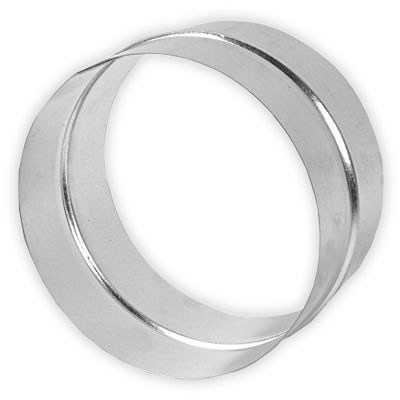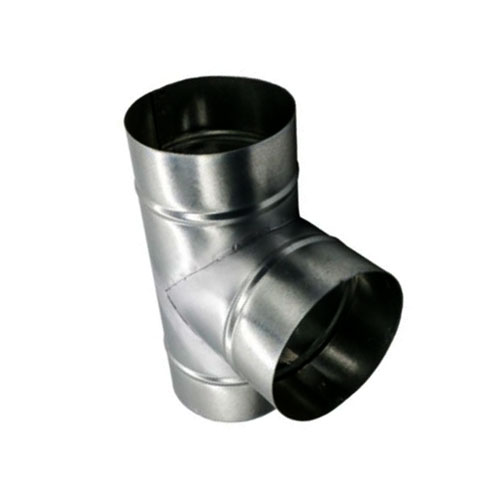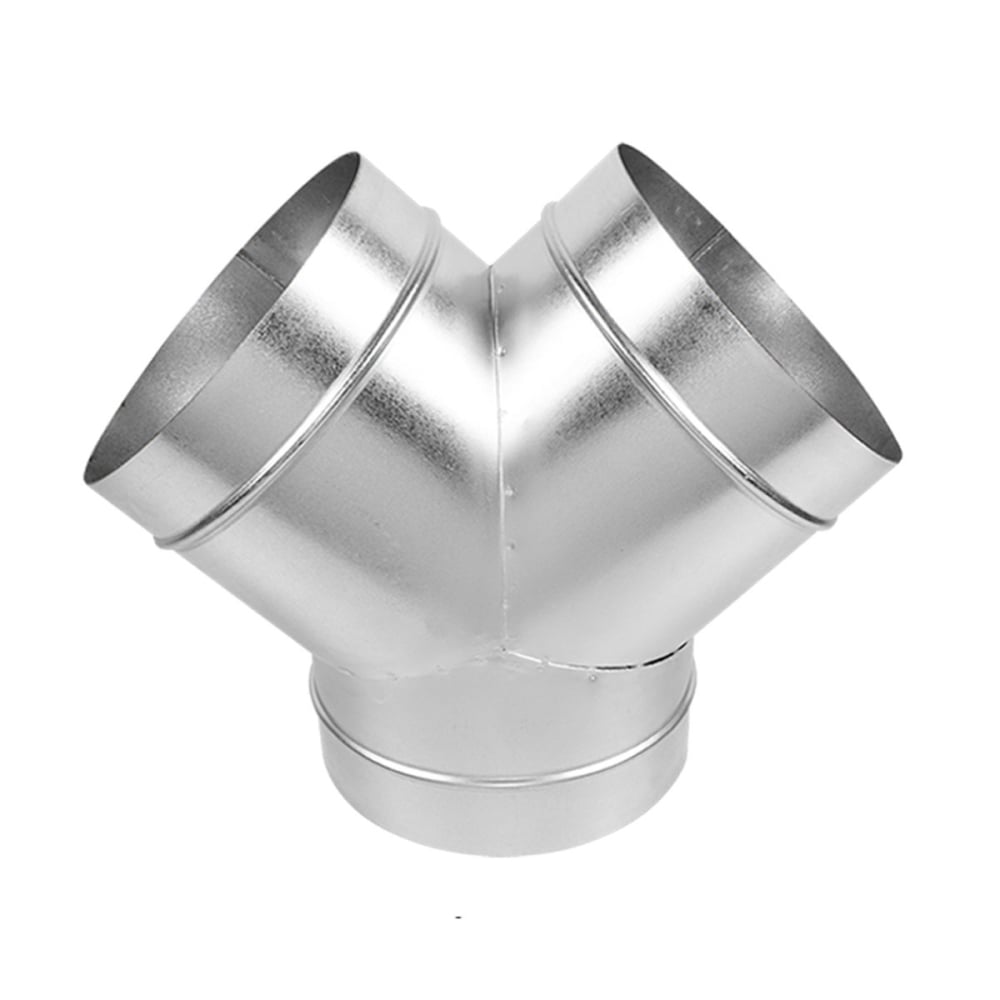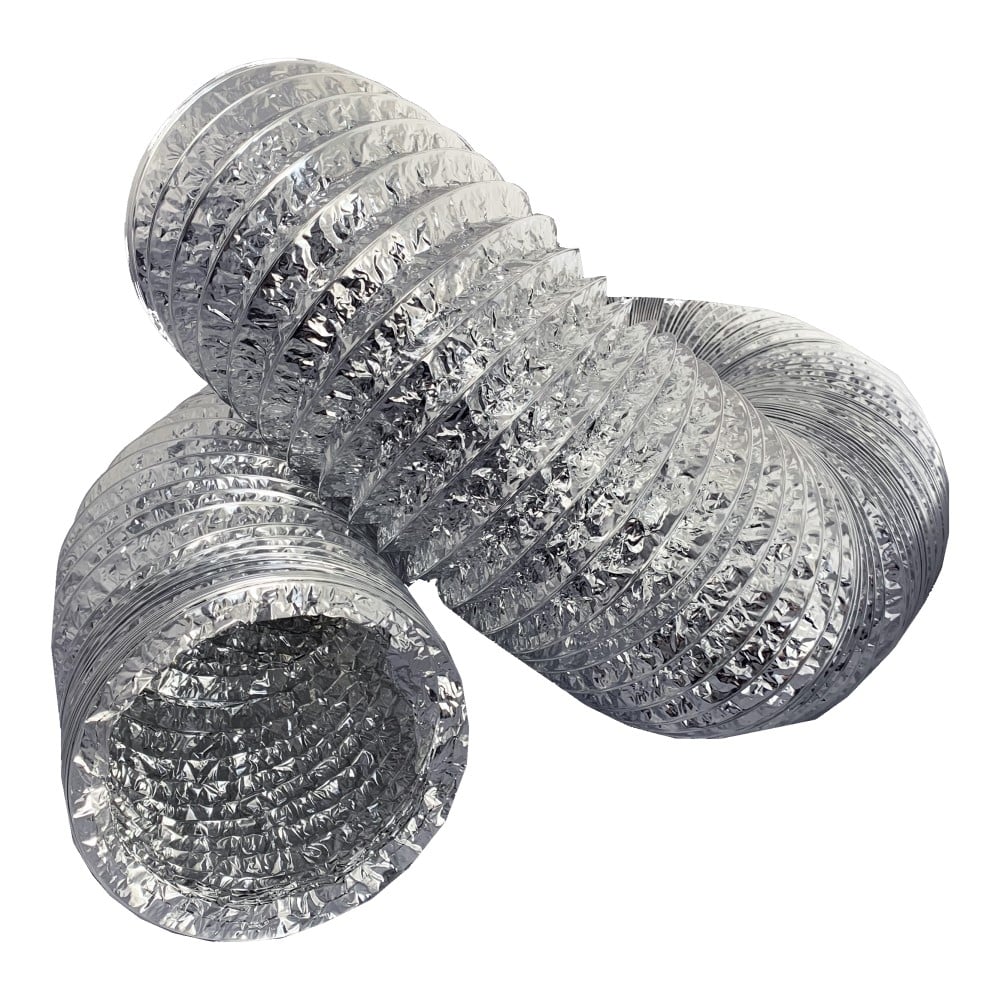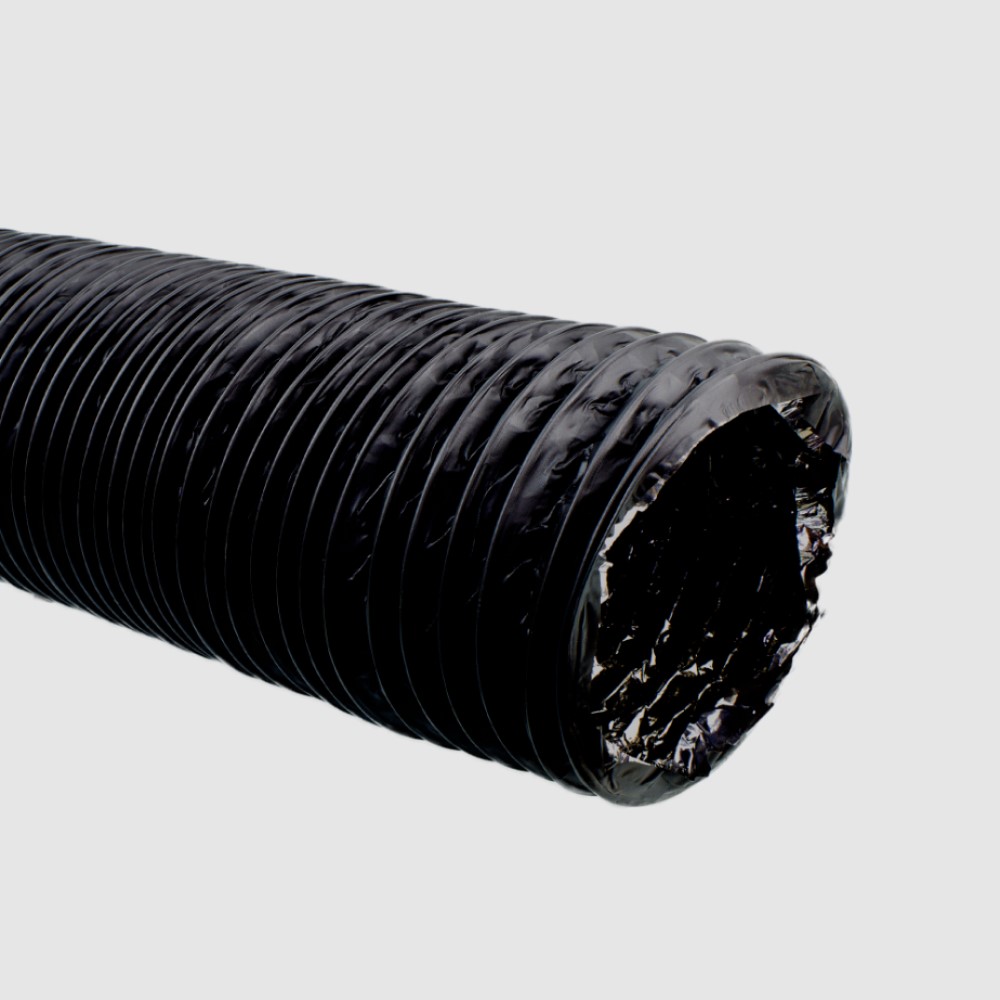How to Prevent Turbulence in Your Ducting System
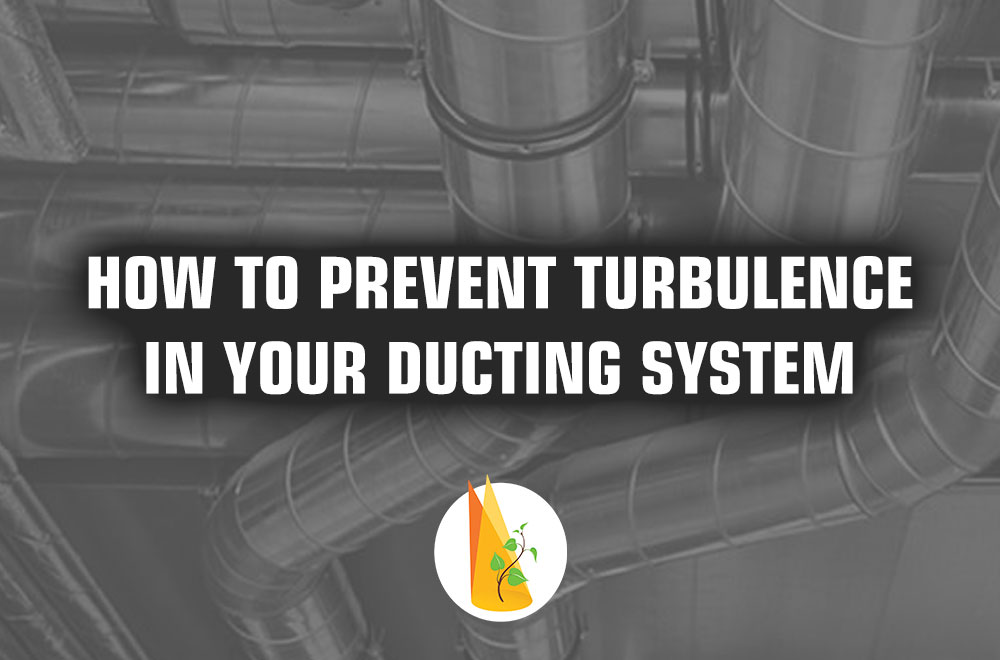
Preventing Turbulence in Your Ducting System
When you’re trying to enjoy peace and quiet at home, in your indoor garden, your office or commercial space; the last thing you want to hear is the constant hum or rattle of air moving through your ventilation ducts.
If you’ve noticed an increase in noise coming from your HVAC system, it could be due to turbulence in the ducting system. Fortunately, there are several ways to reduce the noise and improve your system’s efficiency at the same time.
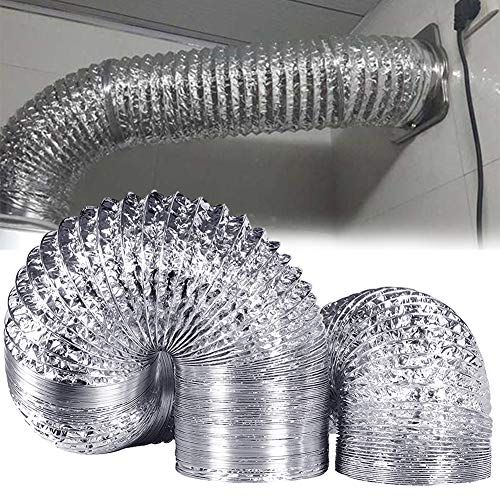
What Causes Turbulence in Ducts?
Turbulence in ducting refers to the irregular flow of air inside the ducts. When air is forced through a duct, it should ideally flow smoothly in a straight line. However, when the air encounters sharp turns, obstructions, or narrow passages, it can start to swirl and create turbulence. This disrupts the airflow, causing a variety of sounds like whistling, rattling, or a constant hum. Not only does this lead to noise, but it can also reduce the efficiency of your HVAC system, making it work harder than necessary.
How to Reduce Noise from your Ventilation Ducts
Here are some effective ways to reduce turbulence and noise from your ducting system:
1. Install Larger Ducts
One of the simplest ways to reduce turbulence is by increasing the size of your ducts. When air has more space to flow through, it moves more smoothly. Narrow ducts can cause the air to speed up and become turbulent, leading to noise. By installing larger ducts, you provide the air with more room to flow, which can significantly reduce noise levels and improve the overall performance of your HVAC system.
2. Use Smooth, Well-Designed Ducts
The type of ductwork you choose also plays a major role in reducing turbulence. Flexible ducts or poorly designed, corrugated metal ducts often cause more friction and turbulence. Opt for smooth, rigid ducts instead. Materials like sheet metal, fibreglass, or even spiral ducts have smoother surfaces, allowing air to flow more easily and quietly.
3. Avoid Sharp Turns
When planning your ducting system, try to avoid sharp bends or turns. Air has a harder time flowing smoothly around tight corners, which increases turbulence and noise. Instead, use gradual, gentle curves or elbows with a larger radius to allow for a smoother transition of air. The less the airflow is disturbed, the quieter your system will be.
4. Use Dampers to Control Airflow
Installing dampers in your ductwork can help regulate the airflow and reduce turbulence. Dampers are devices that can be adjusted to control the amount of air entering different parts of your duct system. By balancing airflow more evenly across the system, you can prevent excessive speed and turbulence that might cause noise. Be sure to have dampers installed in the right places by a professional to optimize your system’s efficiency.
5. Check for Obstructions
Obstructions within the ducts can also contribute to turbulence. Over time, dust, debris, or even small objects can accumulate and restrict airflow. This can lead to uneven air pressure and turbulence that results in noise. Regularly inspect and clean your ducts to remove any potential blockages. If you notice persistent noise, it’s worth getting your ducts professionally cleaned.
6. Insulate Your Ducts
Duct insulation doesn’t just help maintain temperature control, but it also helps reduce noise. Insulation can absorb the sound caused by turbulence, reducing the overall noise level of your system. When insulating your ducts, be sure to use materials designed specifically for soundproofing, such as fibreglass or foam. Properly insulated ducts can make a noticeable difference in the quietness of your HVAC system.
7. Consider Soundproofing Options
If you’ve tried the above strategies and still have issues with noise, you might want to consider additional soundproofing options. Adding acoustic lining or installing soundproof duct wraps can help reduce the noise levels. These materials absorb sound waves and prevent them from traveling through the ducting, helping to keep your space quieter.
8. Proper Fan Direction with Spiral Ducting
When using spiral ducting, it’s crucial that the fans rotate in the same direction as the airflow within the ducts. This alignment helps prevent turbulence and reduces unwanted noise caused by airflow resistance, ensuring optimal performance of your ventilation system.
9. Prevent Condensation Buildup
Condensation can lead to various noises in a ducting system, including dripping water, vibrations, and movement of materials. To prevent these sounds, it’s important to ensure proper insulation, sealing, and moisture control.
GHEDirect Tip: Drill a small hole in one of the vents to help manage moisture and allow for drainage. This simple step can also prevent water from damaging your fan.
10. Speak to a Professional
Sometimes, the source of turbulence and noise can be more complex than you realize. A professional HVAC technician can assess your system and identify any underlying issues contributing to the noise. They can help you optimize your system, suggest improvements, and ensure everything is functioning as efficiently as possible.
Conclusion
Reducing noise from ventilation ducts is not only about comfort and discretion but also about increasing the efficiency and lifespan of your HVAC system. By focusing on factors like duct size, smoothness, airflow control, and undertaking regular maintenance, you can effectively prevent turbulence and reduce noise.
Whether you’re renovating your space or simply trying to make your home or office a quieter place, these steps will help you achieve a more peaceful environment without sacrificing air quality or energy efficiency.

